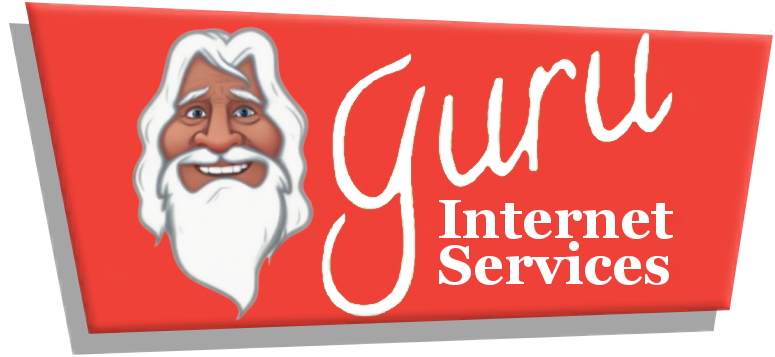The digital world is constantly evolving, and as we charge into 2024, the web design landscape is no different. Staying abreast of the latest web design trends is crucial for businesses looking to maintain a competitive edge and capture the ever-shifting attention of online audiences. This year, designers are breaking new ground with creative approaches that blend aesthetics with advanced technology, ensuring websites are not only visually appealing but also highly functional and user-centric. Get a quote today to infuse your website with the freshest design trends of 2024.
From embracing dark mode interfaces that are easy on the eyes to the integration of immersive 3D elements that bring digital experiences to life, 2024’s trends are all about creating a captivating and inclusive online presence. Bold typography, fluid animation, and AI-powered personalization are also making waves, paving the way for more dynamic and personalized web experiences. Whether you’re building a brand-new site or revamping an existing one, incorporating these cutting-edge design elements can significantly enhance user engagement and drive business success.
As we delve into the specifics of each trend, it’s important to remember that the ultimate goal is to deliver a website that not only looks stunning but also performs seamlessly across all devices and platforms. This balance of form and function is the key to unlocking the door to Absolute Web Success for Your Business. Ready to revolutionize your web presence? Get a quote and let’s embark on a journey to make your website a true reflection of your brand’s innovation and uniqueness in 2024.
Embracing the Minimalist Aesthetic in Modern Web Design
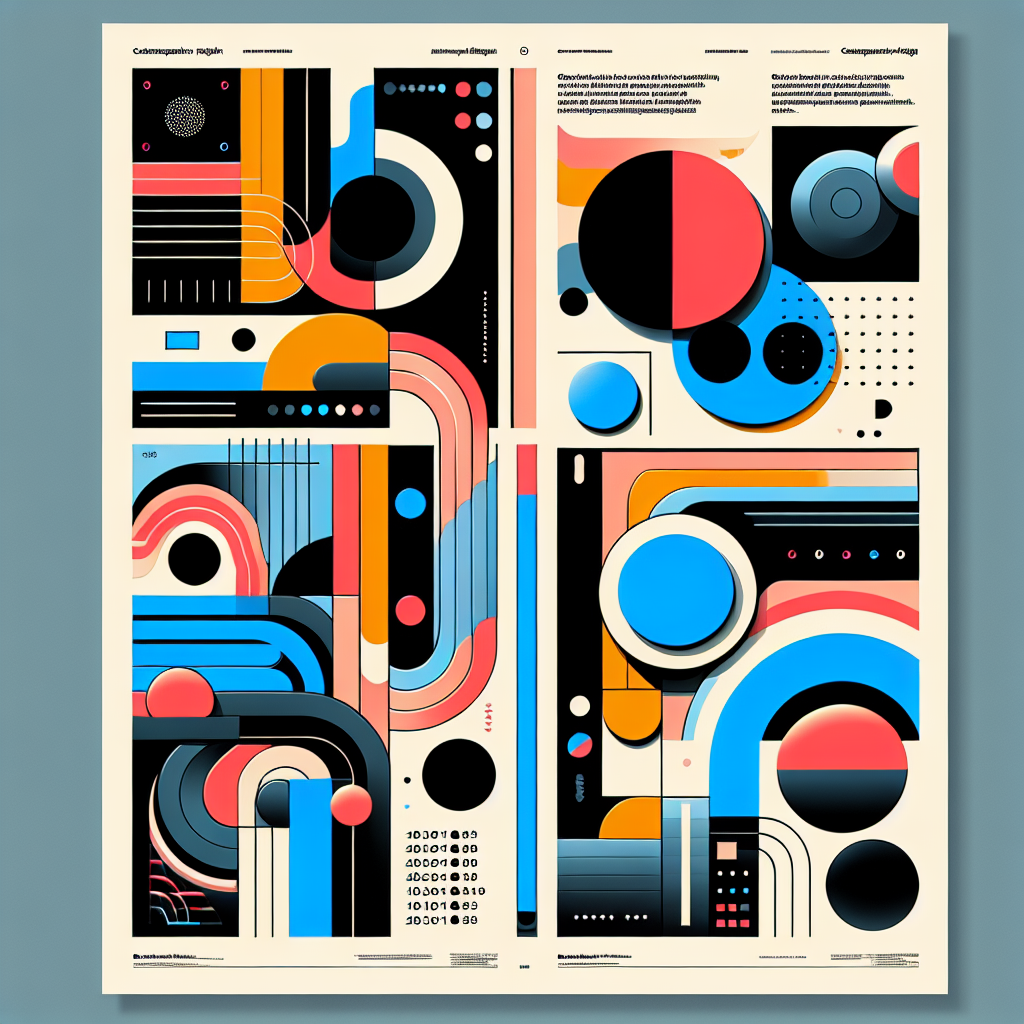
The minimalist aesthetic has taken the world of web design by storm, and its dominance continues to grow in 2024. This design philosophy is rooted in the concept of ‘less is more’, and it prioritizes simplicity and clarity over complexity and extravagance. By stripping away superfluous elements, minimalist web designs focus on essential content, leading to cleaner, faster, and more user-friendly websites.
Key features of the minimalist approach include the use of ample white space, which creates a sense of tranquility and helps guide visitors’ focus to the most important content. The color palettes are often monochromatic or feature a limited range of hues, giving the site a cohesive and sophisticated look. In typography, the trend leans towards bold and readable fonts that make a statement while remaining easily scannable.
Navigation is another area where minimalism shines. Streamlined menus and fewer pages reduce user confusion and contribute to a more intuitive experience. The result is a website that is not just aesthetically pleasing but also highly functional, encouraging visitors to stay longer and engage more deeply with the content. As businesses seek to create websites that stand out in a crowded digital space, the minimalist aesthetic offers a powerful way to convey a brand’s message with clarity and impact.
Interactive and Engaging Web Experiences with Advanced Animation
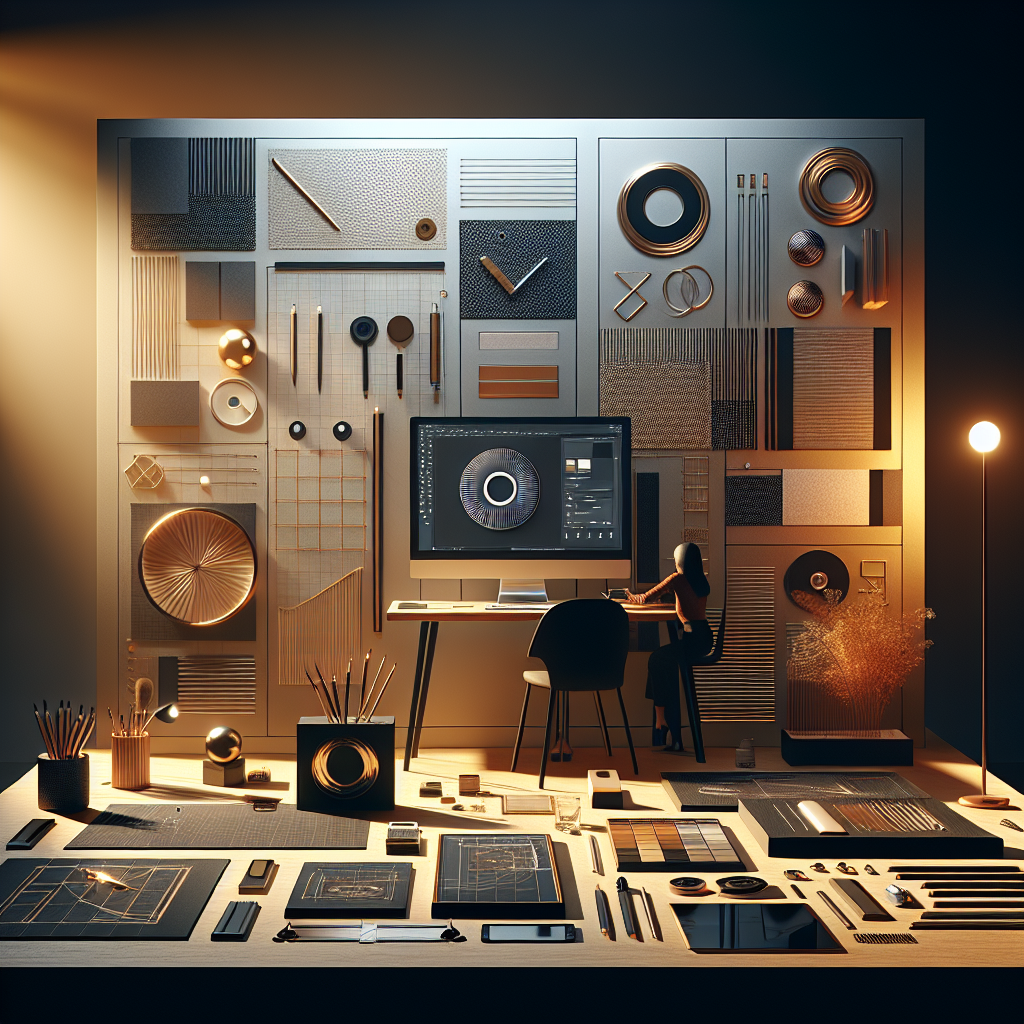
As we delve deeper into 2024, the use of advanced animation in web design is transforming static websites into dynamic, interactive, and engaging online experiences. Animations range from subtle micro-interactions that provide feedback to users, to large-scale motion graphics that tell a brand’s story and guide visitors through the site’s narrative.
Micro-interactions, for instance, play a crucial role in enhancing the user experience. They can draw attention to important elements, indicate actions, and provide immediate, visual responses to user inputs. These small animations contribute significantly to the overall feel of interactivity and can significantly boost user engagement and satisfaction.
On the other end of the spectrum, larger animations can be used to create immersive experiences. With advancements in web technologies like CSS3, HTML5, and JavaScript frameworks, designers can implement complex animations that were once only possible in standalone applications. These animations are not just for aesthetic appeal; they serve practical purposes such as visual storytelling, directing users’ attention, and making the navigation journey more intuitive and enjoyable.
However, it’s important to balance the use of animation with performance considerations. Overloading a website with heavy animations can lead to increased load times and potentially hinder the user experience. Thoughtful implementation and optimization of animations ensure that they enhance rather than detract from the site’s functionality and accessibility.
Prioritizing Accessibility in Web Design for Broader Inclusivity
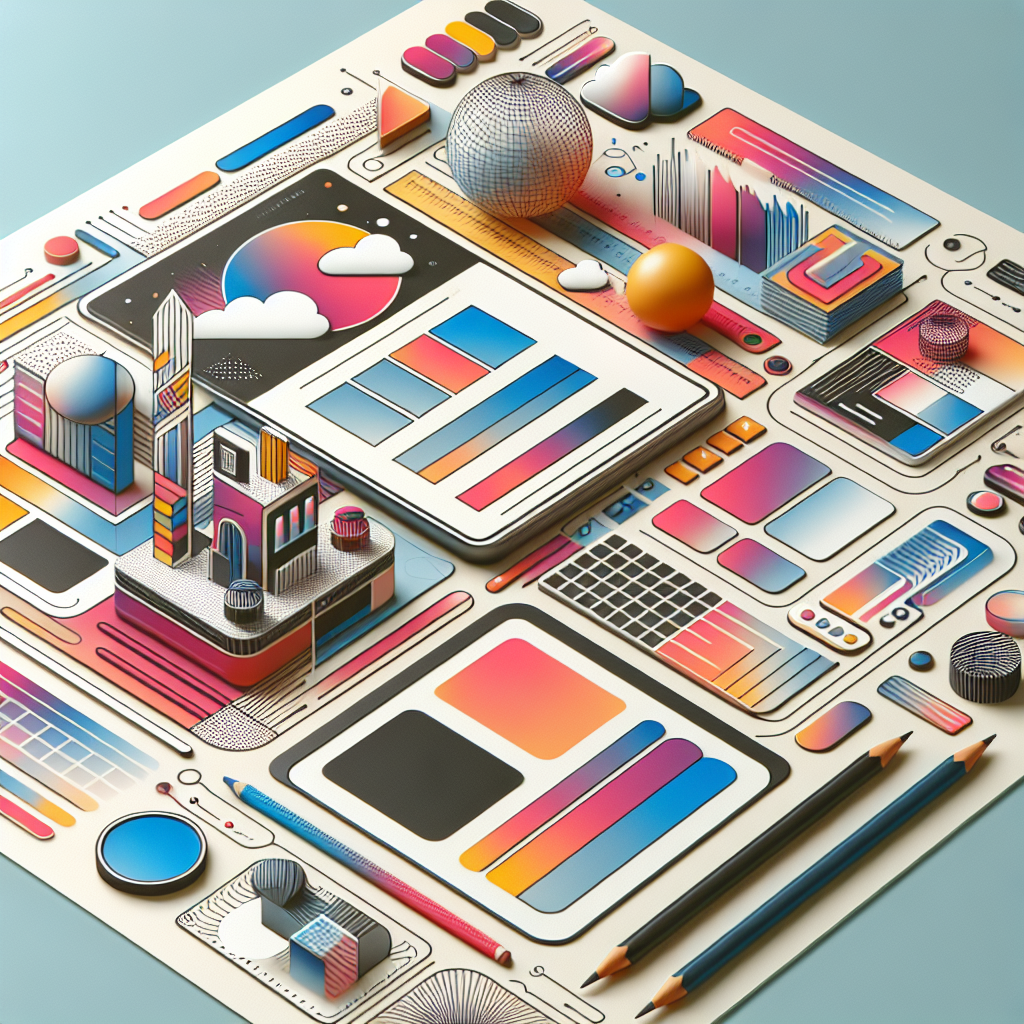
Accessibility has become a cornerstone in web design, and it’s a trend that’s only gaining more traction in 2024. Prioritizing accessibility means creating web experiences that are usable for everyone, including people with disabilities. This inclusive approach to design ensures that websites are navigable and functional for users with various needs, from those with visual impairments to individuals with motor difficulties.
Designers are adopting best practices such as ensuring sufficient color contrast, using semantic HTML for better screen reader interpretation, and providing keyboard navigation options. These measures not only help make the web more inclusive but also improve overall user experience and can even boost SEO rankings, as search engines favor accessible websites.
Another aspect of accessible design is the incorporation of ARIA (Accessible Rich Internet Applications) attributes, which enhance web content and applications with advanced user interface controls. By defining ways to make web content and web applications more accessible to people with disabilities, ARIA plays a vital role in inclusive web design.
Maintaining accessibility also requires regular testing and updates. Automated testing tools can help identify issues, but manual testing by people with disabilities is invaluable for gaining insights into real-world usage. An accessible website not only extends the reach to a wider audience but also reflects a company’s commitment to social responsibility.
Dark Mode Design for Enhanced User Comfort and Aesthetics
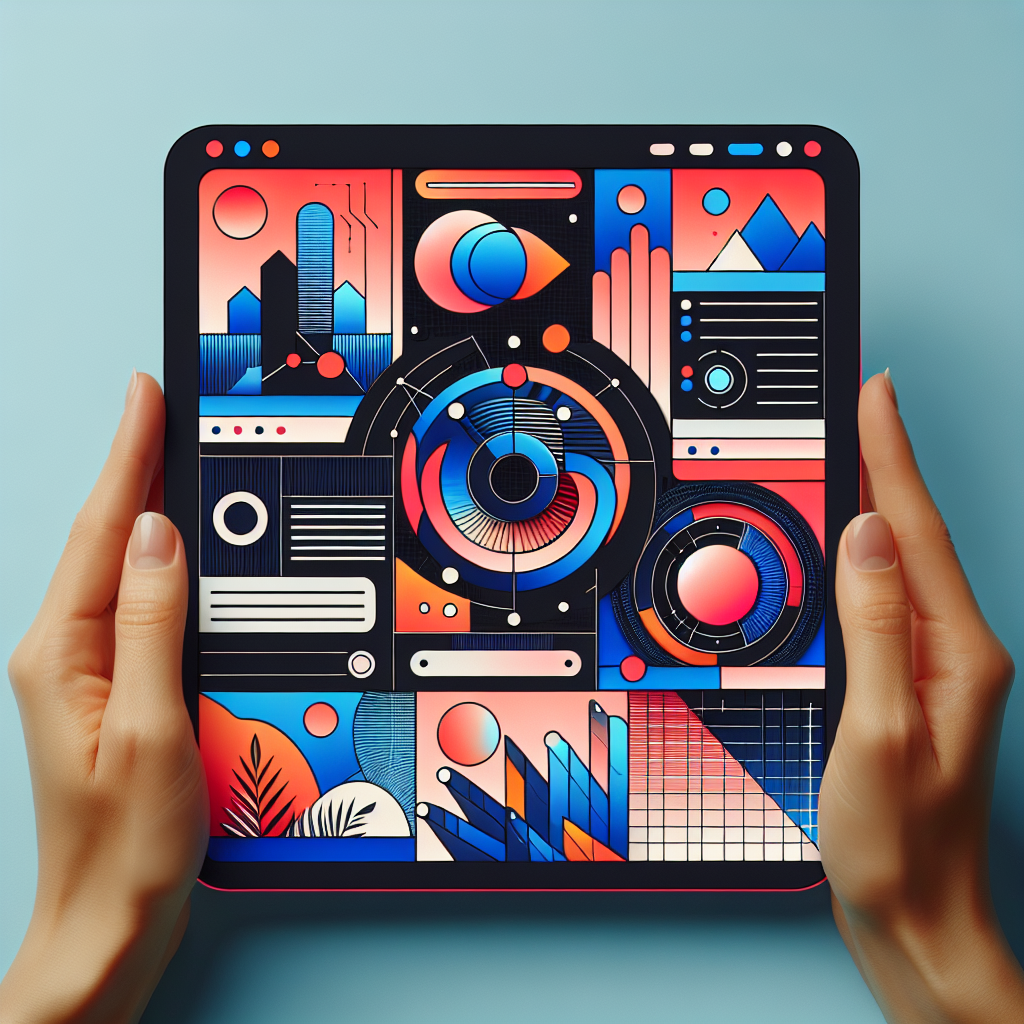
With the rise of dark mode interfaces across operating systems and applications, web design has followed suit by embracing this visually soothing aesthetic. Dark mode design not only enhances user comfort by reducing eye strain in low-light environments but also offers a sleek, modern look that many users find appealing.
Implementing dark mode on websites involves the careful selection of dark background colors contrasted with lighter text, images, and UI elements. This not only creates a striking visual but also contributes to energy saving on OLED and AMOLED screens where true blacks are more power-efficient.
The challenge for designers is to balance aesthetics with readability and usability. Key considerations include ensuring that elements are still discernible in dark mode and that the transition between light and dark modes is seamless. Many successful designs achieve this by using desaturated colors that reduce glare and improve the overall viewing experience.
Furthermore, the option to switch between modes is often appreciated by users, giving them control over their visual experience. This flexibility can be a significant factor in user satisfaction and can contribute to the time they spend on a site. As such, integrating dark mode design is more than a trend; it’s a user-centric approach to web design that prioritizes comfort and personal preference.
Revolutionizing User Interfaces with Voice-Activated Navigation
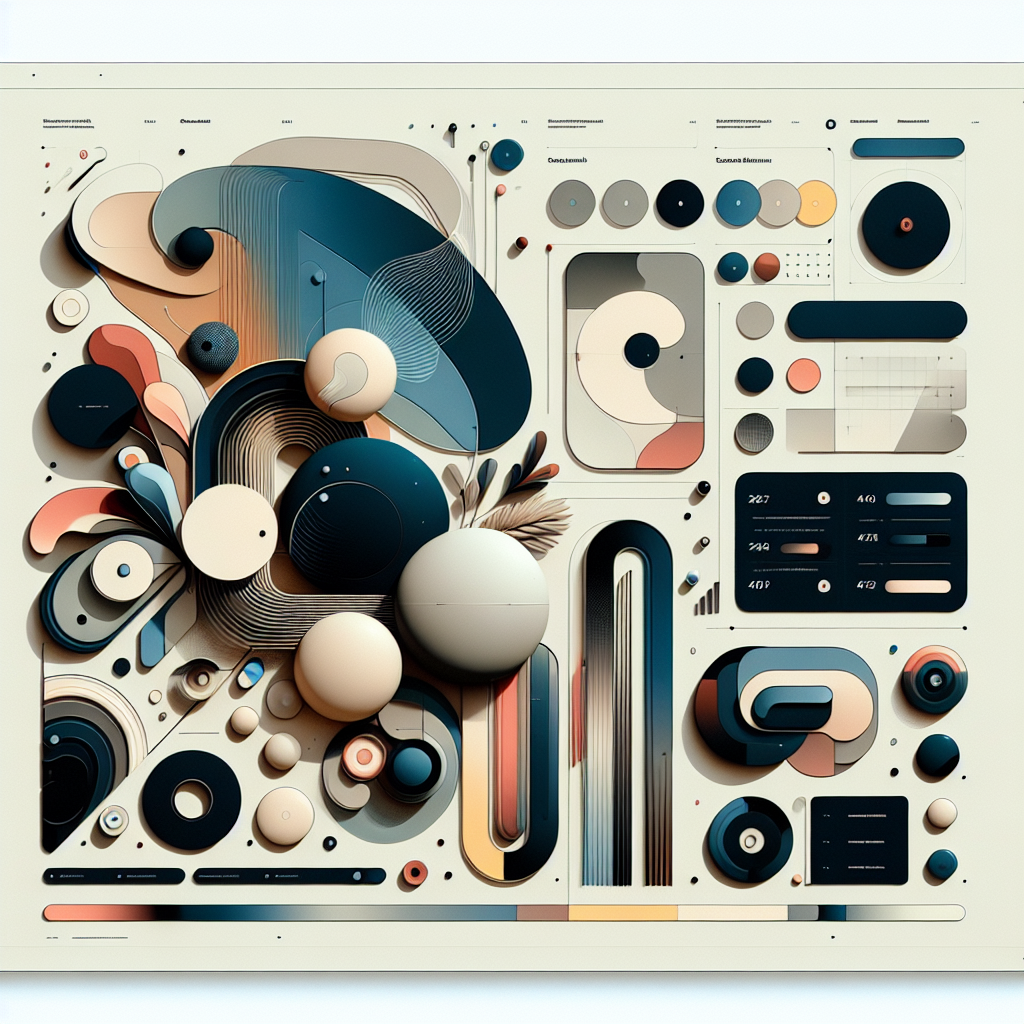
As technology advances, web design trends continuously evolve to incorporate new methods of interaction. One of the most groundbreaking incorporations into web design is voice-activated navigation. This trend is revolutionizing user interfaces by providing an intuitive and hands-free way to interact with websites.
Integrating voice recognition technology, websites can now respond to voice commands, making navigation more accessible for users with disabilities and enhancing the convenience for all users. This integration aligns with the overarching goal of creating inclusive web experiences that cater to a diverse range of users.
The implementation of voice-activated navigation requires a thoughtful design approach that anticipates user needs and commands. Designers must consider the varying natural language patterns and ensure the website’s voice interface can interpret and respond to a wide range of verbal instructions. Beyond basic navigation, voice commands can be extended to control other interactive elements on the site, such as form submissions and media control.
To ensure a seamless experience, it’s essential for designers to provide users with clear feedback and instructions on how to use voice navigation effectively. This can include visual cues or tutorial overlays that guide users on how to interact with the voice-activated features. As voice recognition technology becomes more sophisticated, its integration into web design is set to become more prevalent, offering a glimpse into the future of interactive user interfaces.
Leveraging AI and Machine Learning for Personalized Web Design
Personalization is at the forefront of modern web design, with AI and machine learning technologies playing a pivotal role in delivering tailored user experiences. These advanced technologies analyze user data and behavior to facilitate dynamic changes in website content, layout, and interaction, ensuring that each visitor’s experience is as relevant and engaging as possible.
AI algorithms can track user engagement, learning from interactions to predict and present content that aligns with individual preferences. This level of personalization not only enhances user satisfaction but also boosts conversion rates by presenting users with options that are more likely to resonate with them. Machine learning further refines this process over time, constantly improving the accuracy of content recommendations and interface adjustments.
Designers now have the tools to create websites that adapt in real-time, offering unique experiences based on time of day, geographic location, device type, and past user behavior. This intelligent personalization extends beyond content, affecting visual elements such as color schemes and imagery, as well as functional aspects like navigation paths and call-to-action prompts.
To stay ahead in the rapidly evolving digital landscape, businesses must leverage these AI-driven web design capabilities. At Guru-is.com, we specialize in incorporating AI and machine learning into our design process to create highly personalized, user-centric websites that drive engagement and conversion.
Ready to transform your online presence with a personalized website that leverages the latest in AI technology? Get a quote and see how we can deliver absolute web success for your business.
